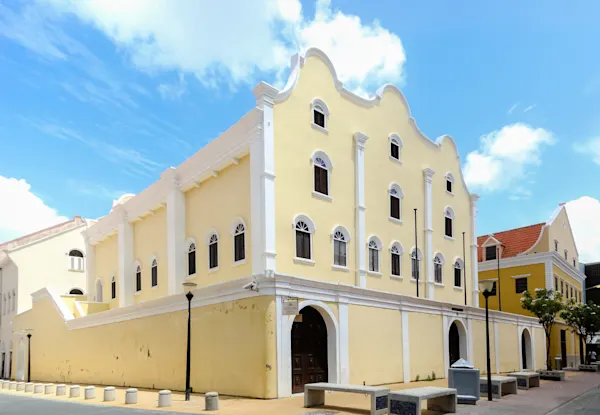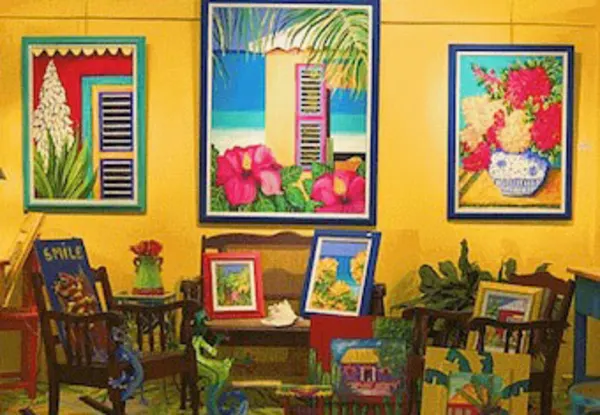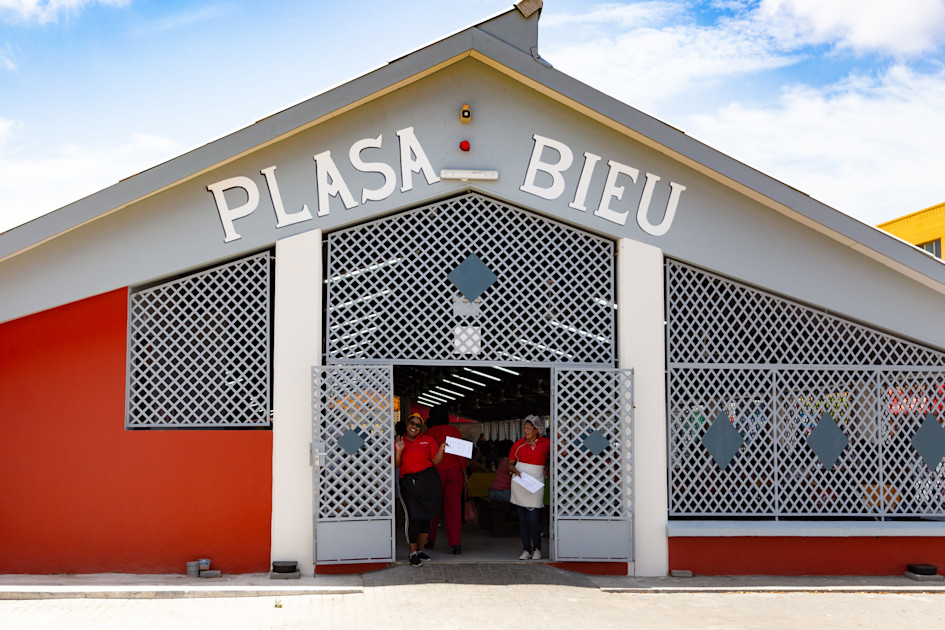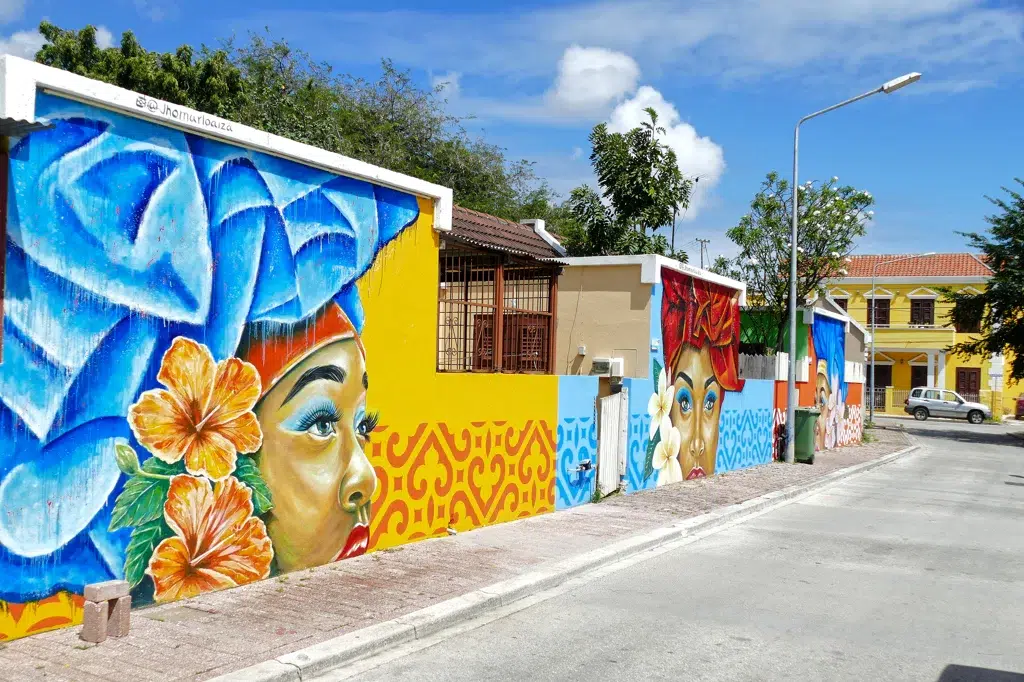The Culture of Curaçao: A Crucible of Influences
Curaçao, a colorful island in the southern Caribbean Sea, is not only a vacation destination with sun, sea and sand, but also a place where centuries of encounters between peoples have shaped a unique culture. The island breathes diversity: in language, music, food, religion and art. This melting pot of influences makes Curaçao one of the most intriguing places in the Caribbean.
Language and Identity
Curaçaoan pride resounds in language. Papiamentu, the island’s lingua franca, is more than communication; it is a symbol of belonging and identity. Phrases like “Bon bini” (welcome) and “Dushi” (sweet, sweet, fine) carry a warmth typical of local hospitality.
Besides Papiamentu, Dutch, English and Spanish are also widely spoken, thanks in part to Curaçao’s education and location. As a result, many islanders feel at home in multiple cultures at once, which is visible in literature, music and even everyday humor.
What to experience as a tourist
Learn a few words of Papiamentu. Try “Bon bini” (welcome) or “danki” (thank you). Local people appreciate it immensely.
In Otrobanda and Punda, Willemstad’s neighborhoods, you will see colorful murals with Papiamentu sayings that express the identity and pride of the population.
Religion and Rituals
Religion plays a unifying role. Most residents are Roman Catholic, and church services, often graced with song and music, are social gathering places.
Yet Curaçao also has religious diversity. The Mikvé Israel-Emanuel Synagogue, with its sand floor, is among the oldest active synagogues in the Americas. Protestantism, evangelical churches and smaller communities such as Islam and Hinduism also have their place on the island.
At important life moments – birth, marriage and death – families gather extensively. Traditional rituals, such as mourning ceremonies where family and neighbors show support for days, emphasize the strong social cohesion.
What to experience as a tourist
Visit the Mikvé Israel-Emanuel Synagogue in Willemstad. The sandy floor and rich history make this a unique place in the world.
Attend a Sunday Mass in a Catholic church; you’ll experience music, singing and the island’s sense of community.
Art, Music and Dance
Curaçao is brimming with artistic expression. Artists such as Yubi Kirindongo, known for his recycled metal sculptures, and Nena Sanchez, with her colorful paintings of tropical scenes, give a modern voice to traditional themes.
Music is ubiquitous. The tumba, a genre with African roots, is celebrated every year during the Tumba Festival. This is where the official carnival song is chosen, which is then heard on every street corner. Similarly, tambú, once a forbidden form of percussion and song during slave times, is now a source of pride and cultural heritage.
Dance is a natural part of this. During Carnival, colorful parades, called the Gran Marcha, fill the streets of Willemstad with swinging groups in magnificent costumes. The rhythm of the drums and the energy of the dancers bring the community together in a celebration of identity.
What to experience as a tourist
Discover the art of Yubi Kirindongo (sculptures made from recycled materials) and the colorful paintings of Nena Sanchez in galleries and local art stores.
Go to a tambú or tumba performance, often at local clubs or during festivals.
If you come in February or March: Carnival is an absolute must. The Gran Marcha (grand parade) is an explosion of music, dance and costumes.
Feasts and Traditions
Besides Carnival, Curaçao has many other celebrations that are deeply rooted in its culture.
Seú: a harvest festival in which groups in traditional attire march through the streets dancing and singing. The procession symbolizes gratitude for the harvest, even though agriculture is no longer the island’s economic engine.
Dia di Bandera (July 2): Flag Day is celebrated with performances, speeches and flag ceremonies. It is a day full of national pride.
Dia di Pais Kòrsou (Oct. 10): commemorates the separate status within the Kingdom of the Netherlands, and is celebrated with music, dancing and gatherings.
Día di San Juan and San Pedro: traditional festivals with singing, dancing and the symbolic ritual of “jumping over fire,” a relic of African influences.
What to experience as a tourist
Carnival (February/March): plan your trip around this time to experience the colorful parades, parades and music.
Seú (April/May): the traditional harvest festival with dancing and singing processions in Willemstad.
Dia di Bandera (July 2): national holiday, flags are seen everywhere and there are performances and festivities.
Gastronomy
Curaçao cuisine reflects history. Typical dishes include:
Keshi yena: a large cheese stuffed with meat or chicken, vegetables and spices.
Kabritu stobá: stewed goat, often served during holidays.
Sopi mondongo: a hearty soup of entrails, loved for its rich flavor.
Funchi: a cornmeal dish that often functions as a side dish.
Pastechi: deep-fried dough flaps filled with cheese, meat or fish, ideal as a snack.
There is also a visible influence from Latin American neighbors, such as arepas, and from Dutch cuisine, such as erwtensoep or oliebollen around New Year’s Eve. The use of local products such as papaya, okra and fish from the Caribbean Sea makes the cuisine rich and varied.
What to experience as a tourist
Sample local dishes at a “komedor di nos kos” (eatery), such as at Plasa Bieu in Willemstad. Here you will find stews, soup and funchi prepared like at home.
Order a pastechi from a street stall for breakfast or snack.
Sample the famous Blue Curaçao liqueur at the Landhuis Chobolobo distillery – with tour and tasting.
Family and Community Life
Curaçao culture revolves heavily around family and community. Families are often large and extended, and get-togethers are characterized by conviviality, food and music. Neighbors also act as an extension of the family: children play in the street, the elderly sit together on the porch, and everyone knows each other in the neighborhood.
Social connectedness is also evident in customs such as saying danki (thank you) for even small gestures and the custom of always greeting with a warm smile or a kiss on the cheek.
What to experience as a tourist
Walk through a local neighborhood like Otrobanda, where people often sit in front of their homes and spontaneously greet you.
Visit a fiesta di barrio (neighborhood festival), often organized in smaller communities, with food, music and dancing.
Go to a local market, such as the Marshe Bieuw or the floating market, where Venezuelan boats sell fresh fruits and vegetables.
Conclusion
Curaçao’s culture is multifaceted and deeply rooted. The island tells a story of meeting and mixing: from African drums and European churches, from Jewish heritages and Latin American influences, from colorful art to tasty cuisine.
Those who visit Curaçao will discover that the true soul of the island lies not only in the bright blue bays or picturesque streets of Willemstad, but more importantly in the warmth of its people, the strength of its traditions and the pride in its unique cultural heritage.
Rent a car on Curacao
In Curacao, a rental car is essential. Public transportation is not good, the weather is too hot to get around by foot/bike. Moreover, all the sights are far apart.
Rent a car from Cura Explore Car Rentals. We only have new autos and our service to customers is our absolute priority.







